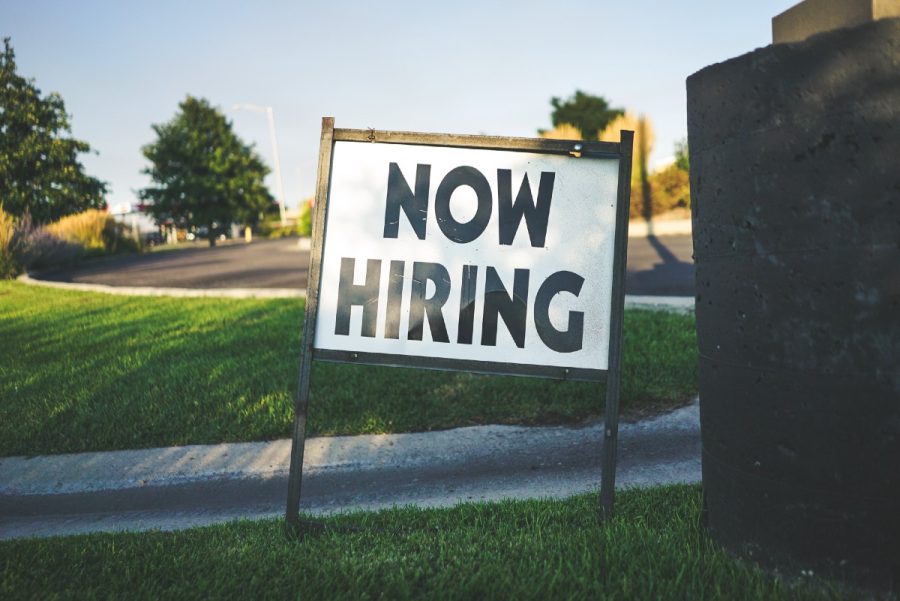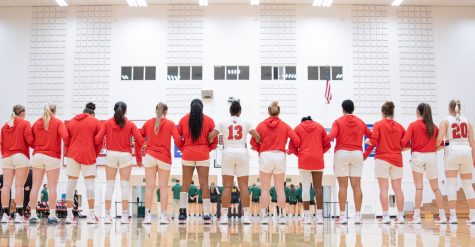The Future of Work Is Now
October 27, 2021
Are we witnessing a new worker’s movement?
In August, the quit rate of workers rose to an unprecedented 2.9%, according to the U.S. Bureau of Labor Statistics’ Job Openings and Labor Turnover Survey. Conversely, the Economic Policy Institute reports employee layoffs to have dropped to 0.9% — an all-time low, indicating that employers are desperate to keep staff.
Leisure and hospitality industries have seen the most contraction in the workforce, with 6.4% of industry workers quitting in August, followed by trade, transportation, and utilities at 3.7%. Upon further dissection, 6.4% of accommodation and food services workers, as well as 4.7% of retail workers quit in August.
The reasoning behind this mass exodus of laborers, titled “The Great Resignation,” lies with worker resentment and post-pandemic reevaluation amongst the greater public. This phenomenon is a “reckoning for the labor market,” noted Dr. Sukari Ivester, a Professor of Practice in Humanities and Social Sciences at Tulane University who specializes in Sociology and Urban Resistance wherein workers don’t want to return to pre-pandemic wages and workplace conditions. “Why should we be engaging with this economy that is not giving us a livable wage,” asked Ivester, outlining that workers desire a trifecta of “meaningful compensation, good working conditions, and dignified treatment.”
In light of the Great Resignation, hourly wages have risen to 4.2%, matching those prior to the 2008 Recession.
The acute shortage of labor has created an “employee market,” enabling an apt moment for worker’s resistance. “Employers still want people to come back and do work for less meaningful compensation, and employees see an opportunity in lieu of external factors,” said Ivester. “If people feel like they are valued, they want to create even more value.”
While the movement has yielded immediate benefits for employees, the scope of the future impact upon the labor market is highly variable, particularly on those who live paycheck-to-paycheck. “Workers are not a monolith. There will be more supply of low-skilled workers, and those are more vulnerable to needing a paycheck,” explained Ivester, noting differential levels of resistance among various socioeconomic groups. Ultimately, the duration and the long-term success of the movement will be profoundly affected by the degree of resistance by lower-wage workers.
As a result of workforce realignment, the rate of automation will likely accelerate as technology picks up the slack. Ivester claims that recertification programs will need to be adopted to re-engage the workforce, stimulate new industries, and avert mass unemployment.
Coinciding with the Great Resignation is the #IDontDreamOfLabor movement, which rebuffs the concept of a dream job and invites questions of self-fulfillment and identity. Viewing the #IDontDreamOfLabor movement as largely insulated from the Great Resignation, Ivester welcomes the discussion that the hashtag-based movement embraces. “We need to be much larger than employees,” said Ivester, concluding with, “I don’t work to be my centrality.”
Considering the droves of workers quitting their tenure and seeking work-life balance, Ivester might not be the only one.
















